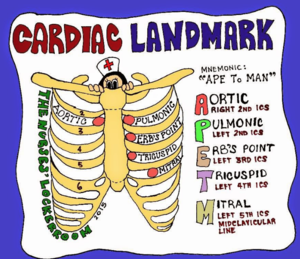14102943
HPA - DMT1
Resource summary
| Question | Answer |
| What is type 1 diabetes mellitus? | Usually an autoimmune issue where the healthy beta cells of the pancreas are destroyed by the body's own immune system - eventually stopping the production of insulin. |
| Risk factors? | -Genetic predisposition -Environmental factors can trigger the development of type I - ie. a viral infection such as mumps or rubella, or a chemical toxin. |
| Causes | 90% of cases are Immune mediated. 10% are idiopathic. |
| Pathophysiology | the result of the destruction of beta cells of the islets of Langerhans in the pancreas, the only cells in the body that make insulin. The Immune system attacks beta cells until the pancreas is incapable of producing insulin. People with type 1 diabetes need to inject themselves with insulin to compensate for the death of their beta cells. |
| Characterised by... | - elevated BGL levels - breakdown of body fats & proteins - Development of ketosis - accumulation of ketone produced during oxidation of fatty acids |
| Symptoms | Polyuria (inc. urination) - Polydipsia (inc. thirst) - Polyphagia (inc. hunger) - because glucose cannot enter the cell without insulin, energy production decreases stimulating hunger. Malaise Fatigue - due to decrease in energy Blurred vision - from osmotic effects causing swelling of lenses Weight loss - the body breaks down proteins and fats to try and restore energy sources |
| Why does DM cause polyuria? | hyperglycaemia causes serum hyperglycaemia, drawing water from intracellular spaces into general circulation. The increased blood volume increases renal blood flow causing increased urine output. When the BG level exceeds the renal threshold for glucose, glucose is excreted in urine, a condition called glucosuria. |
| Why does DM cause polydipsia | the decrease in intracellular volume and the increased urinary output causes dehydration. The mouth becomes dry, the person becomes thirsty and is forced to drink increased amount of fluid. |
| Tests required | BGLs - HbA1C / glycated haemoglobin (indicates BGL control over 2 - 3 months) - Urinalysis - glucose in urine, ketones, protein in urine to check for kidney fxn - serum cholesterol - electrolytes -GFR (kidney function test) |
| Meds | Short acting insulin (Actrapid) Will require lifelong administration of insulin as the pancreas cannot produce any |
Want to create your own Flashcards for free with GoConqr? Learn more.
Similar
OCR GCSE History-Paper Two: The Liberal Reforms 1906-14 Poverty to Welfare State NEW FOR 2015!!!
I Turner

